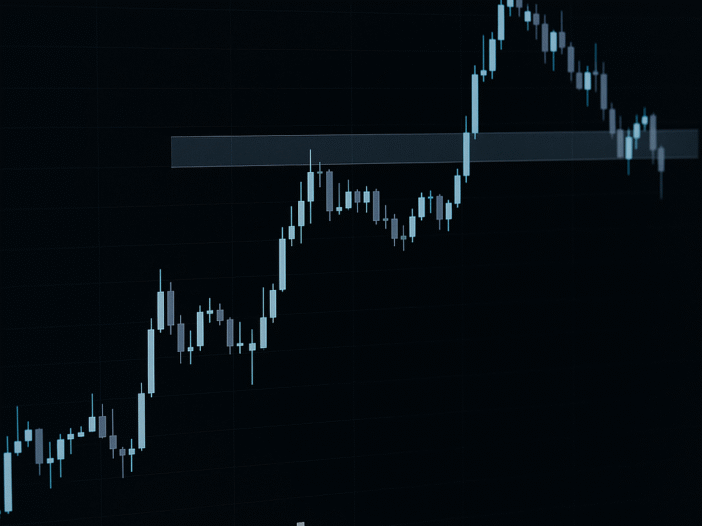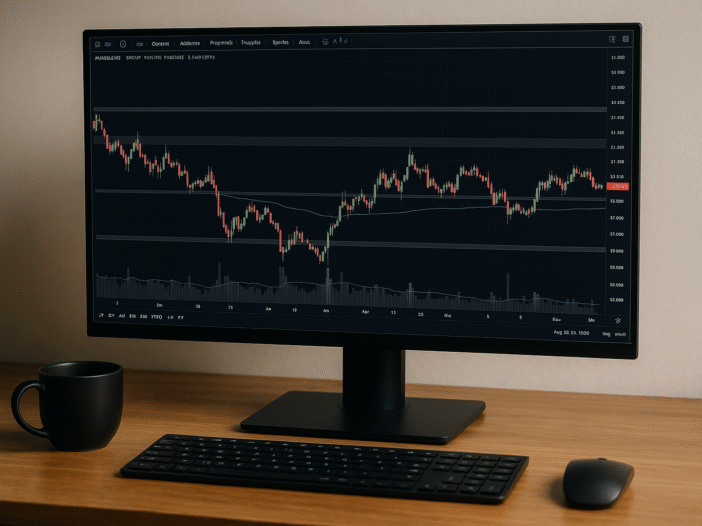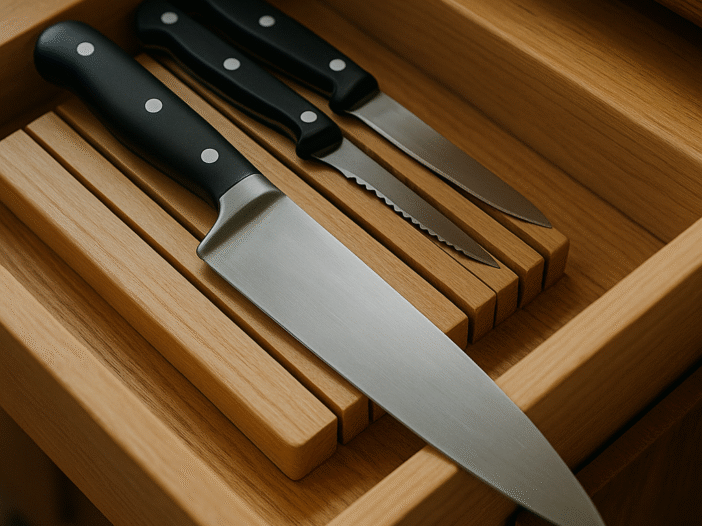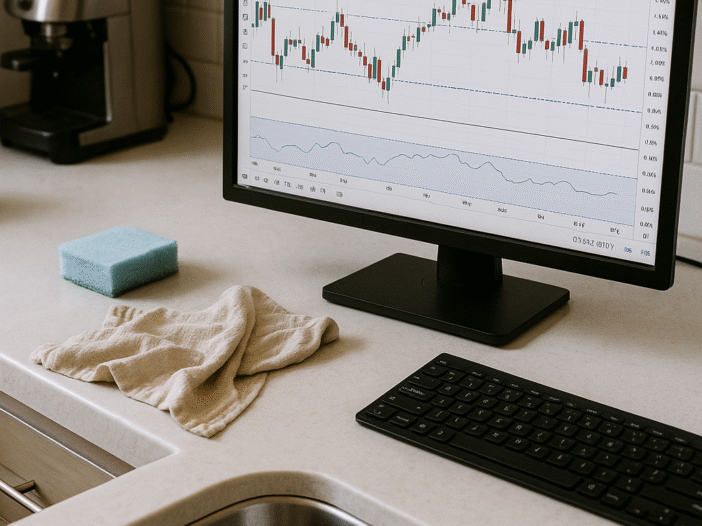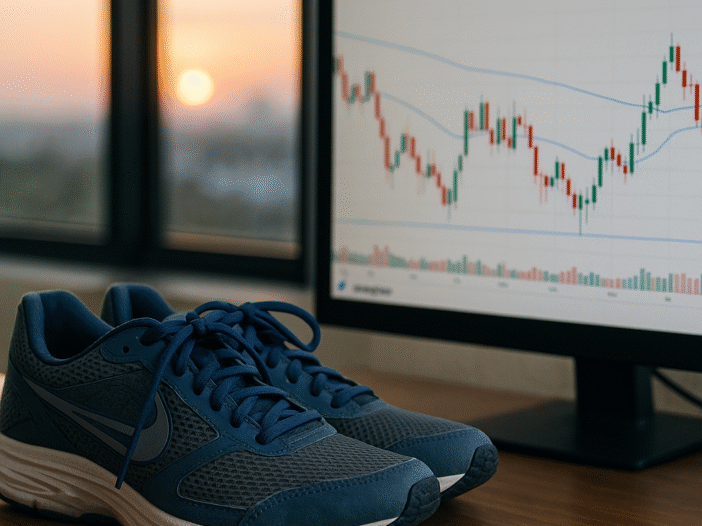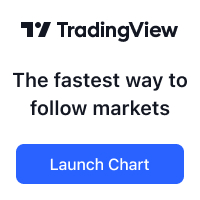At one point, I had everything on my chart. EMAs, MACD, RSI, volume, fibs, support zones, resistance zones. It felt smart… until it wasn’t. Too much info just blurred everything. Now? My charts are almost empty. Price, levels, maybe a VWAP. That’s it. Here’s why I stripped it all down — and why I keep […]
The Quiet Trader Series
How I Set Up My Charting Workspace for Day Trading
You don’t need a spaceship to trade. Just a clean bench, sharp tools, and a habit of showing up. Over the years, I’ve stripped down my charting workspace the same way a good kitchen gets streamlined: fewer gadgets, more flow. Here’s how I set up my TradingView layout — not because it’s the “right” way, […]
Brewing Patience – What Espresso Taught Me About Timing My Trades
Some mornings, I get impatient. I grind the beans. Heat the machine. Pull the shot. Too fast. The crema’s thin. The taste is flat. I drink it anyway, but I know I rushed it. Espresso doesn’t like to be rushed. The machine needs time to heat. The pressure needs to build. The extraction needs to […]
The Only Trading Tools I Actually Use (And Why Less Is More)
That One Knife in the Drawer Every kitchen has it. The one knife you reach for every single time. It’s not the flashiest. It doesn’t have a fancy Japanese name. But it works. It’s sharp, it fits your hand, and you trust it. Mine lives in the second slot from the left. I’ve tried others […]
Cleaning My Charts Like Cleaning My Kitchen
It’s Sunday afternoon. I’m not trading, but I’m doing something just as important. I’m cleaning the kitchen. The counter’s a mess. Crumbs under the toaster. A drip trail of coffee from this morning. A few dishes that “look clean enough” until you hold them up to the light. So I wipe. I rinse. I reset […]
The Quiet Trader: The Morning Run and the First Trade
A sluggish start on Monday. A rushed prep on Tuesday. And a not-so-great trade to kick off Wednesday. That pretty much sums up the first half of my trading week. But this post isn’t about the trades. It’s about something else that’s become part of the rhythm. I started running again. Nothing fancy. Just a […]
